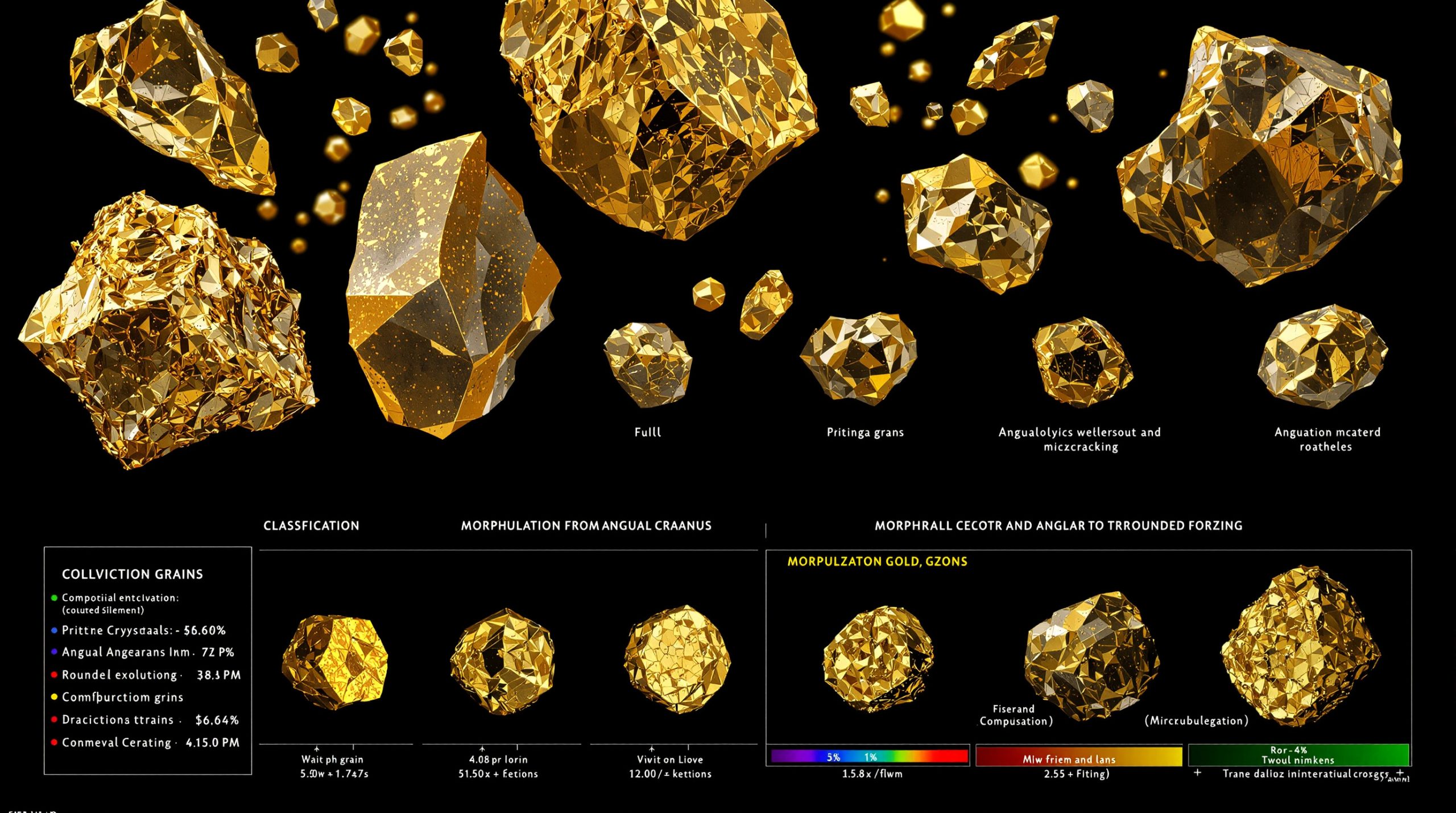What Are Dividends?
Definition and Basic Concept
Dividends represent portions of a company's profits distributed to shareholders based on how many shares they own. They serve as a tangible reward for investor commitment and faith in the company's performance. In Australia, most publicly listed companies typically pay dividends twice a year – an interim dividend (usually announced with half-year results) and a final dividend (with full-year results).
Not all companies pay dividends, though. While established businesses in sectors like banking, telecommunications, and utilities often maintain generous dividend policies, growth-focused companies, particularly in technology or exploration industries, may reinvest profits back into the business rather than distributing them to shareholders.
Types of Dividends
Cash Dividends: The most common form, where companies distribute profits directly to shareholders as cash payments. For example, if a company declares a $0.50 per share dividend and you own 1,000 shares, you'll receive $500.
Stock Dividends: Instead of cash, companies may issue additional shares to existing shareholders. If a company declares a 5% stock dividend, you'd receive 5 new shares for every 100 you already own. This allows companies to reward shareholders while preserving cash for operations.
Special Dividends: These one-time payments occur outside the regular dividend schedule, often following exceptional financial performance, asset sales, or major restructuring. Woolworths' $1.7 billion special payout following the Endeavour Group spin-off in 2022 exemplifies this approach.
Property Dividends: Though rare in Australia, these involve distributing non-monetary assets to shareholders. Property dividends remain uncommon due to liquidity challenges but can unlock shareholder value in asset-heavy businesses.
How Does the Dividend Process Work?
Declaration Date
The dividend journey begins when a company's board of directors officially announces its intention to pay a dividend. This announcement, typically made alongside financial results, specifies the dividend amount per share, relevant dates, and whether franking credits will be attached.
Shareholders receive formal notification via company announcements, often through the ASX Market Announcements Platform. This information is also communicated through press releases, the company website, and shareholder communications.
The declaration represents a legal commitment to pay the specified dividend, creating a liability on the company's balance sheet until payment occurs.
Ex-Dividend Date
The ex-dividend date (or "ex-date") represents perhaps the most critical date in the dividend timeline. To receive the declared dividend, you must own the shares before this date. If you purchase shares on or after the ex-dividend date, you won't receive the upcoming dividend.
An important phenomenon occurs on this date: the share price typically adjusts downward by approximately the dividend amount. This adjustment creates market efficiency, reflecting that new buyers won't receive the upcoming payment. Research across ASX200 shares shows they typically drop between 85-110% of the dividend amount on the ex-date.
For example, if a stock trades at $50 per share and declares a $2 dividend, it might open at approximately $48 on the ex-dividend date, reflecting this adjustment.
Record Date
Following the ex-dividend date, the company establishes its "record date" – usually one to two business days later due to Australia's T+2 settlement system. On this date, the company reviews its shareholder registry to identify eligible dividend recipients.
Only shareholders officially registered in the company's books on the record date will receive the upcoming dividend. This date essentially creates the official list of shareholders entitled to payment.
Payment Date
The payment date marks the actual distribution of dividend funds to eligible shareholders. This typically occurs four to eight weeks after the ex-dividend date, with ASX analysis showing a median of 45 days from ex-date to payment between 2018-2023.
Modern dividend payments usually arrive via direct deposit into shareholders' nominated bank accounts or reinvestment through Dividend Reinvestment Plans (DRPs). Physical dividend checks have become increasingly rare in Australia.
What Are Franking Credits?
How Franking Credits Work
Franking credits represent a distinctive feature of Australia's dividend imputation system designed to prevent double taxation of company profits. When a company pays the standard 30% corporate tax rate on its profits, it can then attach these "credits" to dividends distributed from those taxed profits.
These credits, also called imputation credits, represent tax the company has already paid on behalf of shareholders. The concept acknowledges that companies are ultimately owned by shareholders, so profits should only be taxed once.
For example, a company earning $1.00 in profit pays $0.30 in corporate tax, leaving $0.70 available for dividend distribution. When paying this $0.70 dividend, the company can attach the $0.30 franking credit, making it a "fully franked" dividend with a total value of $1.00 from a tax perspective.
Tax Benefits for Investors
Franking credits deliver significant tax advantages to Australian investors. When receiving franked dividends, shareholders include both the dividend amount and attached franking credits in their taxable income. However, they can then claim those franking credits as a tax offset.
The value of these credits depends on the shareholder's marginal tax rate:
- Lower tax bracket investors: If your tax rate is below 30%, you may receive a tax refund for the difference between the company tax rate and your personal rate.
- 30% tax bracket investors: The franking credits exactly offset the tax liability on the dividend.
- Higher tax bracket investors: You'll pay the difference between your higher rate and the 30% already paid by the company.
This system particularly benefits retirees and low-income investors, with data showing 68% of retirees utilize full franking refunds. According to Treasury estimates, excess franking credit refunds cost approximately $6 billion annually.
What Are Dividend Reinvestment Plans (DRPs)?
How DRPs Function
Dividend Reinvestment Plans provide shareholders an alternative to receiving cash dividends by automatically converting dividend payments into additional company shares. Approximately 28% of ASX Top 50 companies offer DRPs.
When participating in a DRP, instead of receiving cash, shareholders are issued new shares valued at the dividend amount, often at a discount to the current market price. These discounts typically range from 0-5%, with 2.5% being the median among ASX-listed companies.
The new shares are usually calculated based on the volume-weighted average price (VWAP) over a specified period, minus any discount offered. For example, if entitled to a $500 dividend with shares trading at $10 and a 2% discount, you'd receive approximately 51 new shares (at $9.80 each).
Benefits of Dividend Reinvestment
DRPs offer several compelling advantages for long-term investors:
Compounding growth: By automatically reinvesting dividends, your investment compounds over time without requiring additional capital. Vanguard research suggests DRP participation boosted total returns by approximately 1.5% annually over a 20-year period.
Cost-effective investment: DRPs typically involve no brokerage fees or transaction costs, allowing investors to acquire additional shares efficiently. This can be particularly valuable for small shareholders where brokerage would otherwise consume a significant percentage of small dividend payments.
Discount opportunities: The price discounts offered by many companies (typically 0-5%) provide an immediate value boost compared to using cash dividends to purchase shares at market price.
Dollar-cost averaging: Regular reinvestment through different market cycles helps average out purchase prices over time, potentially reducing overall investment risk.
Convenience: Once established, DRPs operate automatically without requiring ongoing management from investors.
How Do Dividends Impact Share Prices?
Price Adjustments Around Dividend Dates
Share prices typically respond predictably around dividend dates, particularly on the ex-dividend date. The most noticeable impact occurs when shares begin trading "ex-dividend," with prices generally falling by approximately the dividend amount.
This adjustment makes logical sense from a valuation perspective. Once the company commits to paying out a portion of its assets as dividends, its overall value decreases by that amount. ASX analysis shows that stocks typically drop between 85-110% of the dividend amount on the ex-date, demonstrating efficient market pricing of dividend entitlements.
For instance, if a company trading at $20 per share declares a $1 dividend, it might open at approximately $19 on the ex-dividend date. This adjustment ensures new buyers (who won't receive the dividend) pay a fair price reflecting the reduced company value.
Long-Term Price Considerations
Over longer timeframes, dividend policies significantly influence share price performance and stability:
Reduced volatility: Companies with consistent dividend histories tend to experience less price volatility during market turbulence. During the 2020 COVID-19 market crash, dividend-focused sectors like utilities generally experienced less severe declines than growth-oriented sectors.
Signaling effects: Dividend policies signal management's confidence in future earnings. Increases often boost share prices beyond the dividend amount, reflecting growing investor confidence. Conversely, unexpected dividend cuts frequently trigger significant price declines as investors reassess company prospects.
Income vs. growth balance: High-dividend stocks may experience less dramatic price growth than companies reinvesting profits. However, their total return (dividends plus price appreciation) often remains competitive over complete market cycles.
How Are Dividends Taxed in Australia?
Dividend Income Taxation
In Australia, dividends form part of your assessable income and are taxed at your marginal tax rate. When completing your tax return, you must include all dividends received during the financial year.
The taxation process differs between unfranked and franked dividends:
Unfranked dividends: These are taxed directly at your marginal rate without any tax offsets. These typically come from companies that haven't paid Australian corporate tax on the distributed profits.
Partially franked dividends: These carry franking credits proportionate to the company tax paid. You'll pay your marginal rate on the dividend plus franking credits, then claim the credits as a tax offset.
Fully franked dividends: These carry franking credits representing the full 30% company tax already paid. You include both the dividend and franking credits in your assessable income but can claim the full credit amount against your tax liability.
Franking Credit Benefits
Australia's dividend imputation system provides significant tax advantages through franking credits:
Prevention of double taxation: Without franking credits, company profits would be taxed twice – once at the corporate level and again in shareholders' hands.
Tax liability reduction: Franking credits directly offset your tax obligations, potentially reducing your overall tax bill substantially. For investors with a marginal tax rate of 30%, fully franked dividends effectively become tax-free.
Tax refund potential: For investors with marginal rates below 30% (including retirees with low taxable income), excess franking credits can generate tax refunds. For example, a retiree receiving $10,000 in fully franked dividends might receive up to $4,285 in tax refunds, depending on their circumstances.
Self-managed super fund benefits: SMSFs in pension phase (with 0% tax rates) can claim full refunds of all franking credits, making franked dividends particularly valuable for retirement portfolios.
What Makes a Good Dividend Stock?
Key Characteristics
Quality dividend stocks typically display several distinctive characteristics that differentiate them from less reliable income investments:
Consistent payment history: Companies with uninterrupted dividend payments through multiple economic cycles demonstrate financial resilience. Several ASX-listed companies have maintained dividends for decades, with some banks paying consecutive dividends since the 19th century.
Sustainable payout ratio: Healthy dividend stocks typically maintain payout ratios (dividends as a percentage of earnings) that leave room for reinvestment and managing economic downturns. While industry averages vary significantly, most sustainable dividend payers maintain ratios between 50-80%.
Strong cash flow generation: Reliable dividends require robust operating cash flows exceeding capital expenditure needs. Free cash flow yield (free cash flow per share divided by share price) provides insight into dividend sustainability.
History of dividend growth: Companies growing dividends faster than inflation protect shareholders' purchasing power over time. The most attractive dividend stocks typically increase payments by 3-7% annually over extended periods.
Stable business model: The best dividend payers operate in mature industries with predictable cash flows, established market positions, and some competitive advantages or barriers to entry.
Important Metrics for Dividend Investors
Several key metrics help evaluate dividend investments:
Dividend yield: Calculated as annual dividends per share divided by the current share price, expressed as a percentage. The ASX 200 average yield historically hovers around 4.3%, though sectoral variations are significant, with banks commonly yielding 5%+ while technology stocks average closer to 1.5%.
Dividend payout ratio: This measures dividends as a percentage of company earnings, indicating sustainability. The ASX average sits between 70-80%, though utilities companies often exceed 90%. Extremely high ratios (above 100%) suggest dividends may exceed profits, potentially signaling future cuts.
Dividend growth rate: The compound annual growth rate of dividend payments over 5-10 years reveals management's dividend priorities and capacity for continued increases.
Dividend coverage ratio: Calculated as earnings per share divided by dividends per share, this indicates how many times earnings cover dividend payments. Higher ratios (above 1.5) suggest greater dividend security.
Franking level: Fully franked dividends deliver greater after-tax value to Australian shareholders than unfranked alternatives with similar yields.
FAQs About Dividends
How Often Are Dividends Paid?
Most Australian companies distribute dividends twice yearly:
Interim dividends: Announced with half-year results, typically accounting for 40-50% of annual dividend payments.
Final dividends: Declared with full-year results, representing the larger portion (usually 50-60%) of annual payments.
Some sectors maintain different distribution patterns. Real Estate Investment Trusts (REITs) often pay quarterly distributions, while certain international companies trading on the ASX might follow quarterly payment schedules aligned with their home markets.
Payment timing varies by company, but most Australian businesses maintain consistent dividend calendars year to year, helping investors plan income streams.
What Is Dividend Yield?
Dividend yield represents annual dividend payments as a percentage of the current share price, calculated as:
Dividend Yield = (Annual Dividend Per Share ÷ Current Share Price) × 100%
For example, a company paying $2 annual dividends with shares trading at $50 has a 4% dividend yield.
This metric helps investors compare income potential between different investments, whether comparing multiple stocks or evaluating stocks against other income-producing assets like bonds or term deposits.
Remember that yields fluctuate inversely with share prices – as prices rise, yields fall (assuming constant dividends). Unusually high yields (well above sector averages) often signal investor concerns about dividend sustainability rather than exceptional value.
Can Dividends Be Reduced or Eliminated?
Unlike bond interest payments, dividends are not contractual obligations and can be adjusted based on company performance and strategic priorities. Companies can reduce, suspend, or eliminate dividends when circumstances warrant such action.
Common reasons for dividend reductions include:
Financial distress: Declining profits or cash flow constraints may necessitate dividend cuts to preserve capital.
Economic downturns: During the 2020 COVID-19 pandemic, approximately 35% of ASX 200 companies reduced or suspended dividends to maintain balance sheet strength amid uncertainty.
Strategic initiatives: Companies may reduce dividends to fund major acquisitions, capital investments, or debt reduction.
Regulatory pressure: Banking and insurance companies sometimes face regulatory requirements affecting dividend policies, as witnessed during financial crises.
The board of directors determines dividend amounts based on current financial performance and future outlook, highlighting the non-guaranteed nature of these payments.
How Do I Start Investing for Dividend Income?
Building a dividend-focused investment portfolio involves several key steps:
Establish an investment account: Open a share trading account with a broker offering competitive brokerage rates and research tools. Consider whether you'll invest directly or through a managed fund or ETF.
Research dividend performers: Identify companies with strong dividend histories, reasonable payout ratios, and business models supporting future payments. Focus on sectors known for reliable dividends, such as banking, consumer staples, utilities, and telecommunications.
Consider dividend-focused ETFs: Exchange-traded funds specializing in dividend stocks provide instant diversification. Options include VanEck Australian Equal Weight ETF (MVW), Vanguard Australian Shares High Yield ETF Guide, and SPDR MSCI Australia Select High Dividend Yield Fund (SYI).
Develop a diversified portfolio: Spread investments across multiple sectors rather than chasing the highest yields in a single industry, reducing sector-specific risks.
Implement reinvestment strategy: Decide whether to take dividends as cash or participate in DRPs for compounding growth. Many investors use a hybrid approach, reinvesting some dividends while using others for income.
Maintain tax records: Keep detailed records of all dividends and attached franking credits for tax reporting purposes, especially important for maximizing franking credit benefits.
Understanding how dividends work forms a crucial foundation for any investment strategy. For investors seeking long-term success, balancing reliable dividend income with growth potential requires following 5 timeless investing rules for long-term success. Additionally, the distinction between investing vs. speculating: long-term strategies insights becomes particularly relevant when constructing a dividend portfolio.
Furthermore, determining [the strategic role of cash in investment portfolios](https://discoveryalert.com.au/
Want to Profit from Major Mineral Discoveries?
Discovery Alert's proprietary Discovery IQ model instantly notifies investors of significant ASX mineral discoveries, transforming complex market data into actionable trading opportunities with substantial return potential. Explore historic examples of exceptional investment returns on the Discovery Alert discoveries page and begin your 30-day free trial today.




